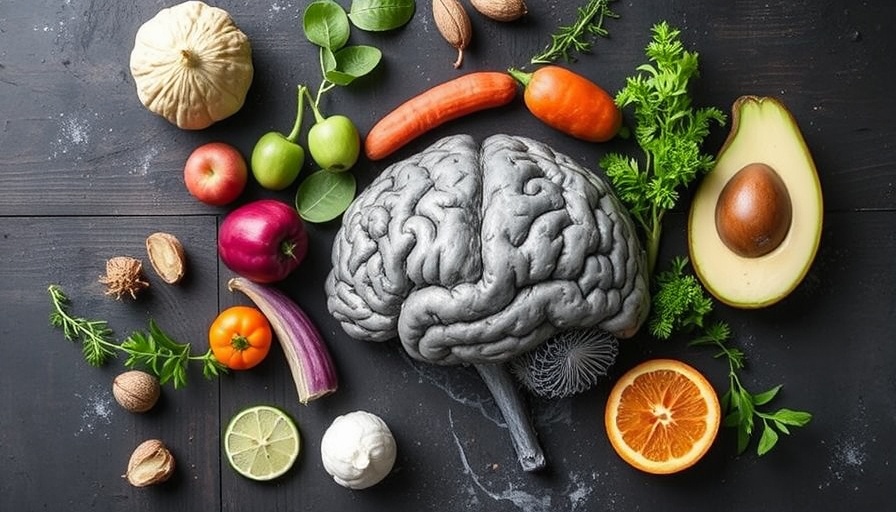
Understanding Emotional Eating: A Common Struggle
In today’s fast-paced world, emotional eating has become a familiar coping mechanism for many. Whether it's stress from work, tension in relationships, or simply a long day, turning to food can provide a momentary escape. For adults in Pearl City, Hawaii, grappling with daily demands while striving for a healthier lifestyle can lead to a complex relationship with food. Recognizing this pattern is the first step toward healthier eating habits.
Defining Emotional Hunger vs. Physical Hunger
To effectively combat emotional eating, it’s crucial to distinguish between emotional and physical hunger. Physical hunger develops gradually, often after several hours without food, and is accompanied by bodily signals such as a growling stomach or feelings of low energy. In contrast, emotional hunger can strike suddenly and is usually connected to craving specific comfort foods like cookies or chips that provide instant gratification. Understanding this difference empowers individuals to make mindful decisions about their food choices.
Triggers for Emotional Eating
Life in Pearl City, surrounded by beautiful landscapes yet sometimes coupled with stressful situations, can trigger emotional eating. Stressors range from work-related pressures to family responsibilities. A study showed that high-stress environments and negative emotions could push individuals toward unhealthy eating habits. Recognizing these triggers can help individuals gain control over their responses and make healthier choices.
Building Healthier Coping Mechanisms
Breaking the cycle of emotional eating requires more than just awareness; it calls for developing new coping strategies. Instead of reaching for food to alleviate stress or boredom, consider alternatives such as taking a walk, practicing deep breathing exercises, or engaging in a favorite hobby. For instance, journaling your emotions can provide clarity and serve as a constructive outlet.
Strategies to Combat Emotional Eating
One effective method for addressing emotional eating is to reflect on your emotions before reaching for food. Ask yourself questions like, "Am I physically hungry or am I using food to cope?" Practicing this mindfulness can help create a clearer connection between your emotions and your eating habits. Additionally, incorporating regular physical activity, such as outdoor workouts in Pearl City's courtyards or parks, not only boosts your mood but also helps establish a routine for healthier living.
The Role of Food Tracking Apps in Understanding Eating Patterns
Using apps, such as MyFitnessPal, can significantly aid in recognizing eating patterns linked to stressors. By logging meals, moods, and hunger levels, one can identify emotional eating trends over time. This understanding enables individuals to create tailored action plans that support more balanced life choices. For example, if a stressful day turns into an impulse to munch on unhealthy snacks, the app can help pinpoint stress patterns and offer insights for healthier substitutions.
Embracing Support Through Community
In Pearl City, a strong sense of community can play a vital role in combating emotional eating. Seeking support from friends, or participating in local groups focused on wellness can foster a healthier lifestyle. Sharing experiences and strategies with others can provide the encouragement needed to make meaningful changes. Many community centers offer workshops and classes related to nutrition, fitness, and mental well-being, which can be great resources for those looking to break free from emotional eating habits.
Final Thoughts: Taking Action Against Emotional Eating
No one is alone in the struggle against emotional eating; it's a challenge many face. However, with awareness, support, and new coping strategies, it is possible to create a healthier relationship with food. By understanding and addressing the underlying emotions tied to eating, and by exploring local resources and communities in Pearl City, you can foster a lifestyle that embraces both emotional and physical well-being. Be proactive and start making changes today—your health journey awaits!
 Add Row
Add Row  Add
Add 




Write A Comment